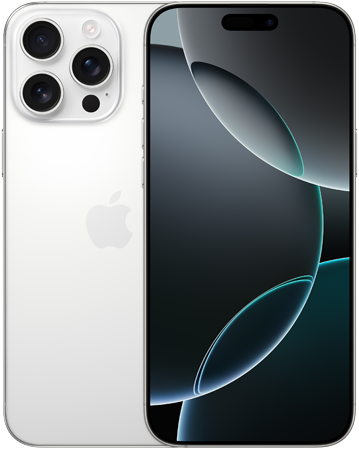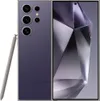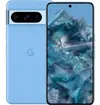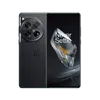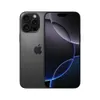iPhone 16 Pro benchmarked — where the new iPhone wins (and loses) vs. Android phones
Just how powerful is the iPhone 16 Pro, exactly?
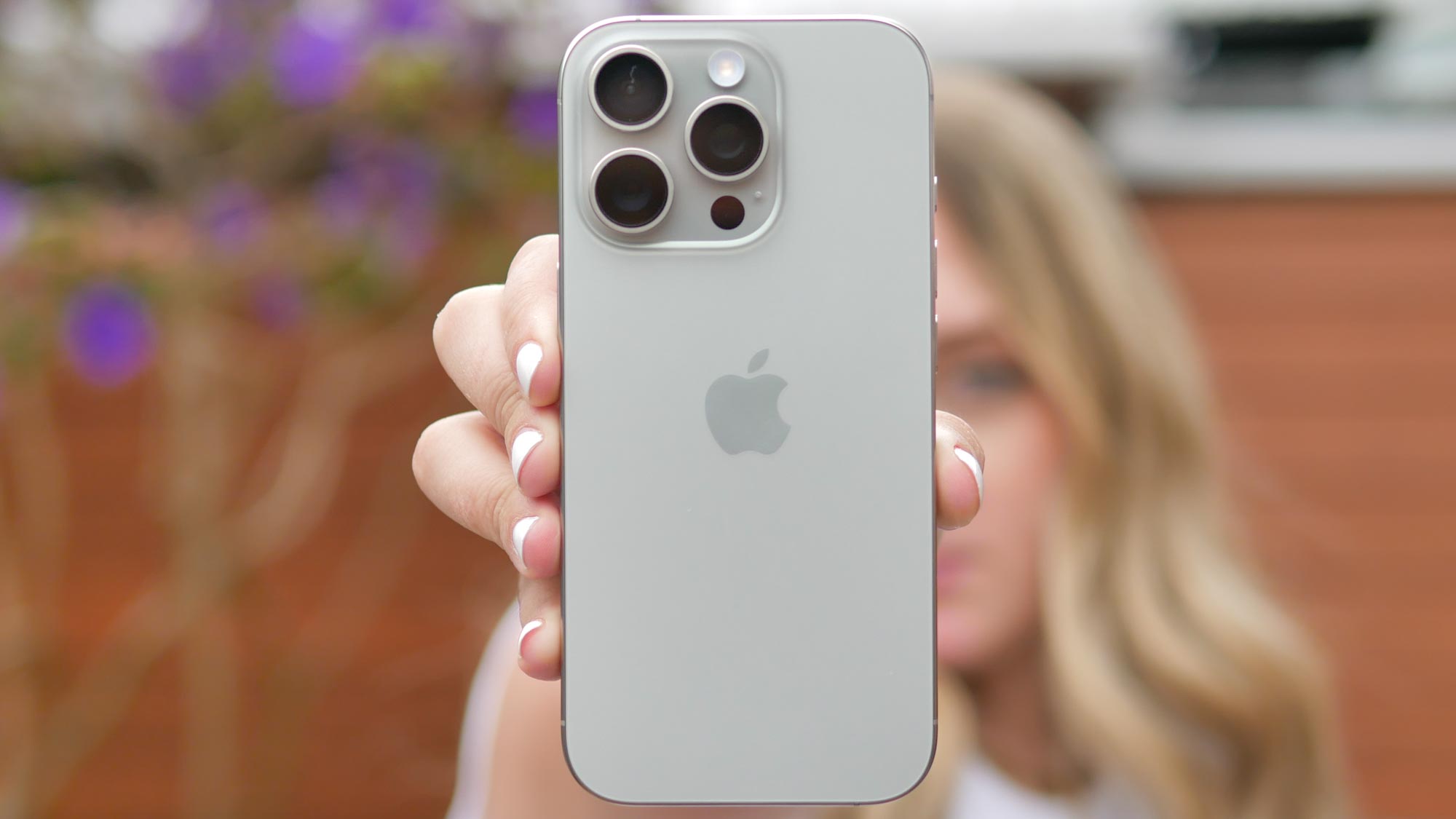
Our iPhone 16 Pro review and iPhone 16 Pro Max review are here, revealing everything about just how fast Apple’s A18 Pro chipsets are. The short answer is that it’s a very powerful piece of silicon, but don’t our word for it because we have the numbers to back that assessment up.
Last year’s iPhone 15 Pro and the A17 Pro chip were already pretty powerful — aided by the switch to a 3-nanometer process. But this year the A18 Pro promises to offer at least 15% more CPU performance and 20% faster graphical performance — all while offering “unprecedented efficiency," according to Apple. iPhone 16 Pro Max battery life results would certainly agree with that.
Thanks to the work from the Tom’s Guide testing team, we’ve got 5 different sets of benchmarks from the iPhone 16 Pro to show you, alongside results from the iPhone 16 and some of the best Android phones from Apple’s biggest rivals. The iPhone 16 Pro falls behind on graphics — but it’s pretty clear that this is a beast of a phone.
iPhone 15 Pro benchmarks: Geekbench
| Single core | Multi-core | |
| iPhone 16 Pro | 3400 | 8341 |
| iPhone 16 Pro Max | 3386 | 8306 |
| iPhone 16 | 3301 | 8033 |
| iPhone 16 Plus | 3302 | 8042 |
| Galaxy S24 Ultra | 2300 | 7249 |
| Google Pixel 9 Pro | 1948 | 4794 |
| Google Pixel 9 Pro XL | 1929 | 4747 |
| iPhone 15 Pro | 2890 | 7194 |
| iPhone 15 Pro Max | 2783 | 6945 |
Geekbench measures overall CPU performance in a single-core and multi-core test. Recent Android phones running the Snapdragon 8 Gen 3 chipset really gave Apple's A17 Pro a run for its money. The Samsung Galaxy S24 Ultra offered better multi-core benchmarking than the iPhone 15 Pro — though single-core results still fell short.
However, the iPhone 16 Pro blows the S24 Ultra out of the water, coming out 47% faster on single-core testing and 15% faster on multi-core tests. Meanwhile, the Google Pixel 9 and Pixel 9 Pro are really trailing behind, with the Tensor G4 still not living up to the performance prowess of rival chipsets.
iPhone 15 Pro benchmarks: 3DMark Solar Bay

| 3DMark Solar Bay | 3DMark Steel Nomad Light | |
| iPhone 16 Pro | 7519 / 28.6 fps | 1563 / 11.6 fps |
| iPhone 16 Pro Max | 7396 / 28.10 fps | 1582 / 11.7 fps |
| iPhone 16 | 6679 / 25.4 | 1624 / 12.03 |
| iPhone 16 Plus | 6756 / 25.7 | 1636 / 12.13 |
| Galaxy S24 Ultra | 8872 / 33.74 fps | 1713 / 12.69 fps |
| Google Pixel 9 Pro | N/A | 1044 / 7.74 fps |
| Google Pixel 9 Pro XL | N/A | 1044 / 7.74 fps |
| iPhone 15 Pro | 6145 / 23.37 fps | N/A |
| iPhone 15 Pro Max | 6027 / 22.93 fps | N/A |
3DMark's Solar Bay benchmarking test is designed to test ray tracing graphics, while Steel Nomad tests non-raytraced graphical performance. The higher the frame rate and overall score, the better the device performs in both tests. Apple's A18 chips fell behind Qualcomm's Snapdragon 8 Gen 3 chip in this test.
While the A18 Pro shows a marked improvement compared to the A17 Pro in the iPhone 15 Pro, it still can't catch up to the Samsung Galaxy S24 Ultra. The Pro's raytracing performance is 15% lower than the S24 Ultra, while also averaging 5 fps lower in the process.
Sign up to get the BEST of Tom's Guide direct to your inbox.
Get instant access to breaking news, the hottest reviews, great deals and helpful tips.
Things aren't quite so bad with Steel Nomad, but the iPhone 16 Pro still scores 8.7% lower than the S24 Ultra — and a single frame per second slower. But it does still offer significantly better performance than the Tensor G4, which shouldn't be a surprise to anyone.
iPhone 15 Pro benchmarks: Adobe Premier Rush
| Adobe Premiere Rush | |
| iPhone 16 Pro | 21 seconds |
| iPhone 16 Pro Max | 21 seconds |
| iPhone 16 | 22 seconds |
| iPhone 16 Plus | 22 seconds |
| Galaxy S24 Ultra | 42 seconds |
| Google Pixel 9 Pro | N/A |
| Google Pixel 9 Pro XL | N/A |
| iPhone 15 Pro | 25.5 seconds |
| iPhone 15 Pro Max | 24.49 seconds |
The Adobe Premier Rush test is a benchmark of our own design, and is supposed to show a more realistic text of a phone's performance. The test involves each phone transcoding a 4K video to 1080p resolution using the Adobe Premier Rush app, and timing how long the entire process takes. The faster this happens the better.
It's here we see a considerable difference between the iPhone 16 Pro and the Galaxy S24 Ultra. Samsung's flagship took 42 seconds to transcode the video, whereas the 16 Pro did it in half the time — 21 seconds. Even the standard iPhone 16 beat out Samsung, alongside both the iPhone 15 Pro and iPhone 15 Pro Max.
Sadly, though, we can't compare these results to the Pixel 9 Pro's Tensor G4, because Google's latest phones were unable to complete the transcoding process.
iPhone 15 Pro benchmarks: Display

| Brightness (HDR) | Color (DCI-P3) | Accuracy (Delta-E) | |
| iPhone 16 Pro | 1510 nits | 80.9% | 0.26 |
| iPhone 16 Pro Max | 1553 nits | 80.4% | 0.24 |
| iPhone 16 | 1348 nits | 79.5 | 0.27 |
| iPhone 16 Plus | 1458 nits | 79.4 | 0.25 |
| Galaxy S24 Ultra | 1363 nits | 84.9% (Natural) / 98.5 (Vivid) | 0.23 (Natural) / 0.25 (Vivid) |
| Google Pixel 9 Pro | 1880 nits | 76.7% (Natural) / 86% (Adaptive) | 0.29 (Natural) / 0.24 (Adaptive) |
| Google PIxel 9 Pro XL | 2,353 nits | 74.4 (Natural) / 82.8% (Vivid) | 0.28 (Natural) / 0.24 (Adaptive) |
| iPhone 15 Pro | 1550 nits | 83.5% | 0.14 |
| iPhone 15 Pro Max | 1550 nits | 84.5% | 0.14 |
The iPhone 16 Pro's screen is arguably its less impressive feature, and has barely changed since last year. In fact, we recorded a slightly lower brightness compared to the iPhone 15 Pro — which doesn't bode well. Apple does still outshine the Galaxy S24 Ultra, however, even if it can't compete with the Super Actua Display on the Google Pixel 9 Pro and 9 Pro XL.
The DCI-P3 and Delta-e scores paint a similar story. The iPhone 16 Pro and Pro Max recorded a lower DCI-P3 percentage compared to last year, and higher Delta-E accuracy scores (where the lowest score is better). This means the iPhone 16 Pro display's colors are slightly less accurate this year.
Compared to Android flagships, the results are a mixed bag. The Galaxy S24 Ultra recorded significantly higher DCI-P3 scores in both natural and vivid display modes. Meanwhile, the Pixel 9 series' Natural display mode came out worse by a considerable margin, though switching to Vivid put the Pixels ahead.
The S24 Ultra's Delta-E score is slightly lower than this year's iPhones, which is a minor victory for Samsung, but the Google Pixel 9 series lost out to both Samsung and Apple with the highest scores listed.
iPhone 15 Pro benchmarks: Charging speed
| 15 minutes | 30 minutes | |
| iPhone 16 Pro | 29% | 56% |
| iPhone 16 Pro Max | 29% | 55% |
| iPhone 16 | 29% | 57% |
| iPhone 16 Plus | 29% | 55% |
| Galaxy S24 Ultra | 39% | 71% |
| Google Pixel 9 Pro | 21% | 49% |
| Google Pixel 9 Pro XL | 35% | 63% |
| iPhone 15 Pro | 28% | 57% |
| iPhone 15 Pro Max | 20% | 41% |
Finally, we come to charging speed, which has never been Apple's strong suit. Despite rumors that the iPhone 16 series may support 45W charging, our testing found that the Pro models didn't exceed 30W speeds — which is the same as the iPhone 15 Pro.
This means Samsung's 45W charging capabilities are miles ahead of Apple, with the S24 Ultra hitting 71% charge after 30 minutes of charging — compared to the iPhone 16 Pro's 56%. The standard-sized Pixel 9 Pro did come in below Apple, hitting 49% after 30 minutes of charging, but the larger Pixel 9 Pro XL flew ahead to reach 63%. While not as fast as Samsung, the phone was no doubt aided by its new-found 45W charging speed.
Then again, the iPhone 16 Pro Max managed to hit 18 hours during our battery life testing — which is more than Samsung and Google can say. Be sure to check out our full story on iPhone 16 battery life results for the full rundown of how each new iPhone did compared to the competition.
iPhone 15 Pro benchmarks: Outlook
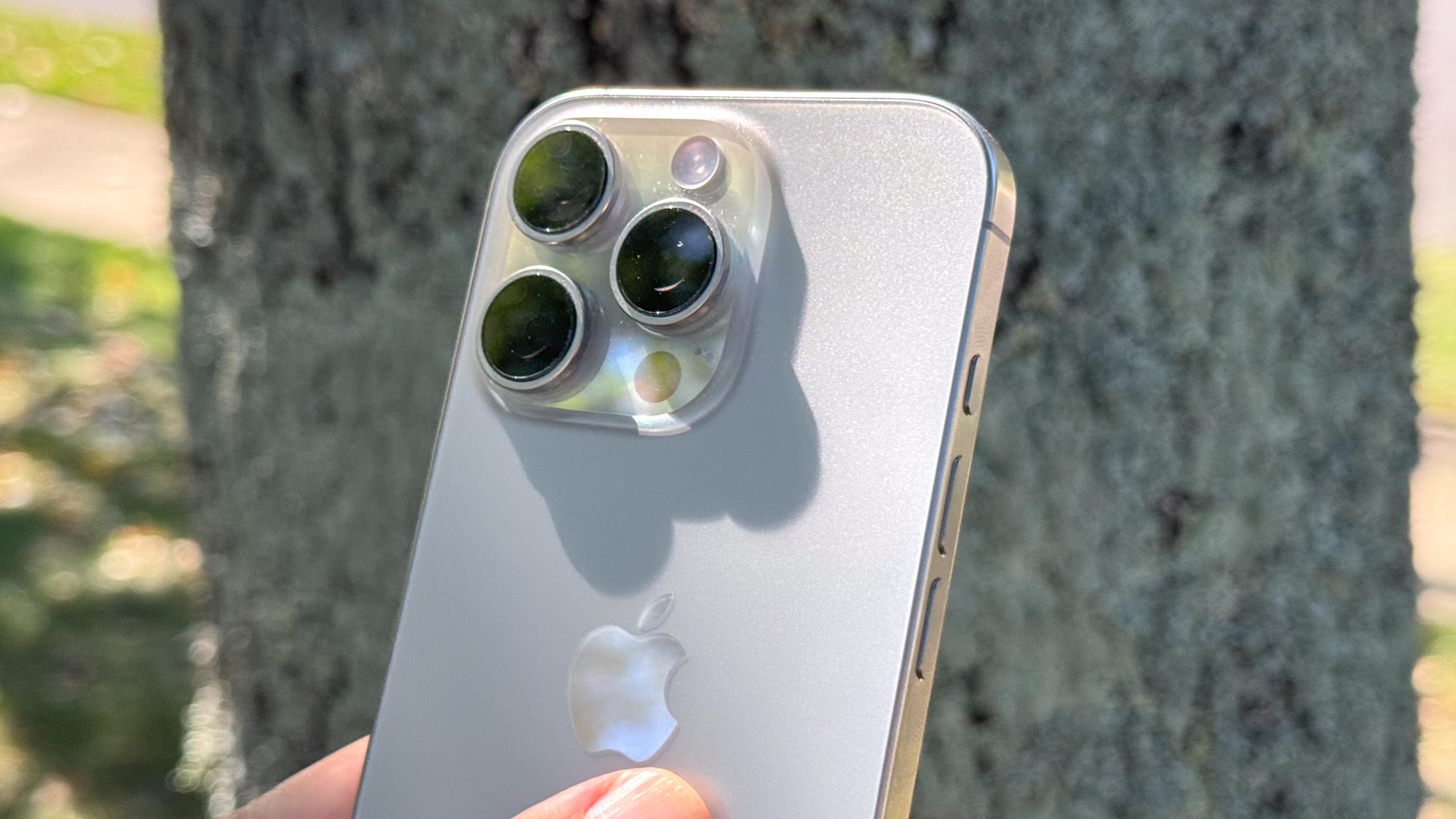
Benchmarks only tell us so much about a phone's real-world performance. But, on paper, it seems as though the iPhone 16 Pro is in good shape to compete against the next wave of Android flagships — powered by Qualcomm's Snapdragon 8 Gen 4.
That's not to say that Apple can't improve things, especially since it does seem to be falling behind its rivals' graphical performance. The iPhone 16 Pro has made some big improvements, but apparently Samsung is doing things a little better. These results do show some of the places where Apple is stumbling, especially where the display brightness and charging speed are concerned.
The iPhone 16 Pro and iPhone 16 Pro Max are still arguably the most powerful phones on the market right now — with strong computing and graphical performance for you to enjoy. Though all that could change once the Snapdragon 8 Gen 4 arrives in the coming months.
More from Tom's Guide
- iOS 18’s hidden apps aren’t quite as invisible as you’d think — everything you need to know
- Should you upgrade to iPhone 16? Here's who should buy and skip from iPhone 12 all the way up
- Take that, Apple! Samsung Galaxy S25 Ultra leak reveals thinner bezels than iPhone 16 Pro Max

Tom is the Tom's Guide's UK Phones Editor, tackling the latest smartphone news and vocally expressing his opinions about upcoming features or changes. It's long way from his days as editor of Gizmodo UK, when pretty much everything was on the table. He’s usually found trying to squeeze another giant Lego set onto the shelf, draining very large cups of coffee, or complaining about how terrible his Smart TV is.
